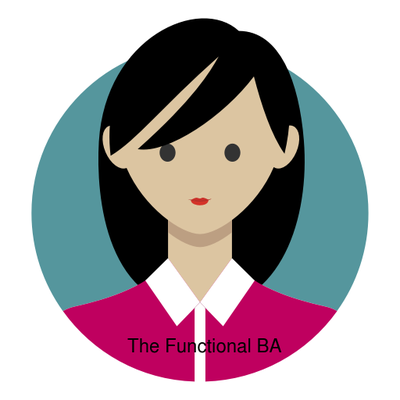The Waterfall project methodology is a linear and sequential approach to project management and software development.
It is one of the earliest and most traditional methods, structured in distinct phases, where progress flows downward like a waterfall.
Phases of Waterfall Methodology
1. Requirements Gathering – All project requirements are collected and documented before development begins.
2. System Design – The architecture and technical specifications are planned based on the requirements.
3. Implementation (Coding) – The actual development or coding of the software/product takes place.
4. Testing – The product is tested for defects and issues to ensure it meets requirements.
5. Deployment – The final product is released to users.
6. Maintenance – Any necessary updates, bug fixes, and modifications are handled after deployment.
Key Characteristics
• Rigid structure: Each phase must be completed before moving to the next.
• Extensive documentation: Detailed records are maintained at every stage.
• Minimal flexibility: Changes are difficult to incorporate once development has started.
• Clear timelines: The project follows a set schedule with defined milestones.
Advantages
✔ Easy to manage due to its structured approach.
✔ Well-suited for projects with stable and well-defined requirements.
✔ Works well for projects that require strict documentation and regulatory compliance.
Disadvantages
✖ Limited flexibility—changes are costly and difficult to implement.
✖ High risk—issues found late in the process can be expensive to fix.
✖ Not ideal for complex or evolving projects, where requirements may change.
When to Use Waterfall
• When requirements are clear, fixed, and well-documented.
• For projects with predictable timelines and budgets.
• When working in regulated industries that require thorough documentation (e.g., healthcare, aerospace).
If flexibility is needed, Agile or hybrid methodologies might be better alternatives.
What is the Agile project methodology?
Agile is a project management methodology that focuses on flexibility, collaboration, and iterative progress.
It was originally designed for software development but is now used in various industries.
Agile promotes adaptive planning, continuous improvement, and early delivery of value by breaking work into smaller, manageable increments called iterations or sprints.
Key Principles of Agile (from the Agile Manifesto)
1. Individuals and interactions over processes and tools.
2. Working software over comprehensive documentation.
3. Customer collaboration over contract negotiation.
4. Responding to change over following a plan.
Common Agile Frameworks
• Scrum: Uses time-boxed sprints (typically 2-4 weeks) with defined roles (Product Owner, Scrum Master, and Development Team).
• Kanban: Focuses on visualizing workflow with a board and limiting work in progress to optimize efficiency.
• Lean: Emphasizes waste reduction, continuous improvement, and value delivery.
• SAFe (Scaled Agile Framework): Extends Agile to large enterprises with multiple teams working together.
Benefits of Agile
• Faster delivery of usable products.
• Improved collaboration and team morale.
• Higher adaptability to changing requirements.
• Better alignment with customer needs.
A comparison between Waterfall and Agile project methodologies?
| Aspect | Waterfall | Agile |
| Approach | Linear & sequential | Iterative & incremental |
| Flexibility | Low-changes are difficult after project starts | High-changes can be made at any stage |
| Project Phases | Distinct phases (requirements, design, implementation, testing, deployment) | Continuous cycles (sprints or iterations) with ongoing development and feedback |
| Requirements | Fixed and well-defined upfront | Evolve throughout the project |
| Timeline | Strict and pre-planned | Adaptive and flexible |
| Testing | Done after development is completed | Continuous testing throughout development |
| Client Involvement | Limited-clients provide input mostly at the beginning and end | High-clients provide regular feedback throughout |
| Documentation | Comprehensive and formal | Lightweight and flexible |
| Best Suited For | Projects with clear requirements and minimal expected changes (e.g., government, healthcare, construction) | Projects where requirements may change or evolve (e.g., software development, startups) |
| Risk Level | High-issues found late can be costly | Lower-early and continuous feedback minimizes risk |
Which One Should You Use?
• Use Waterfall if the project is predictable, well-documented, and compliance-heavy (e.g., legal, government, or large infrastructure projects).
• Use Agile if the project requires flexibility, continuous feedback, and iterative improvements (e.g., software development, startups, and evolving products).
• Use a Hybrid Approach when a mix of structured planning and flexibility is needed.

